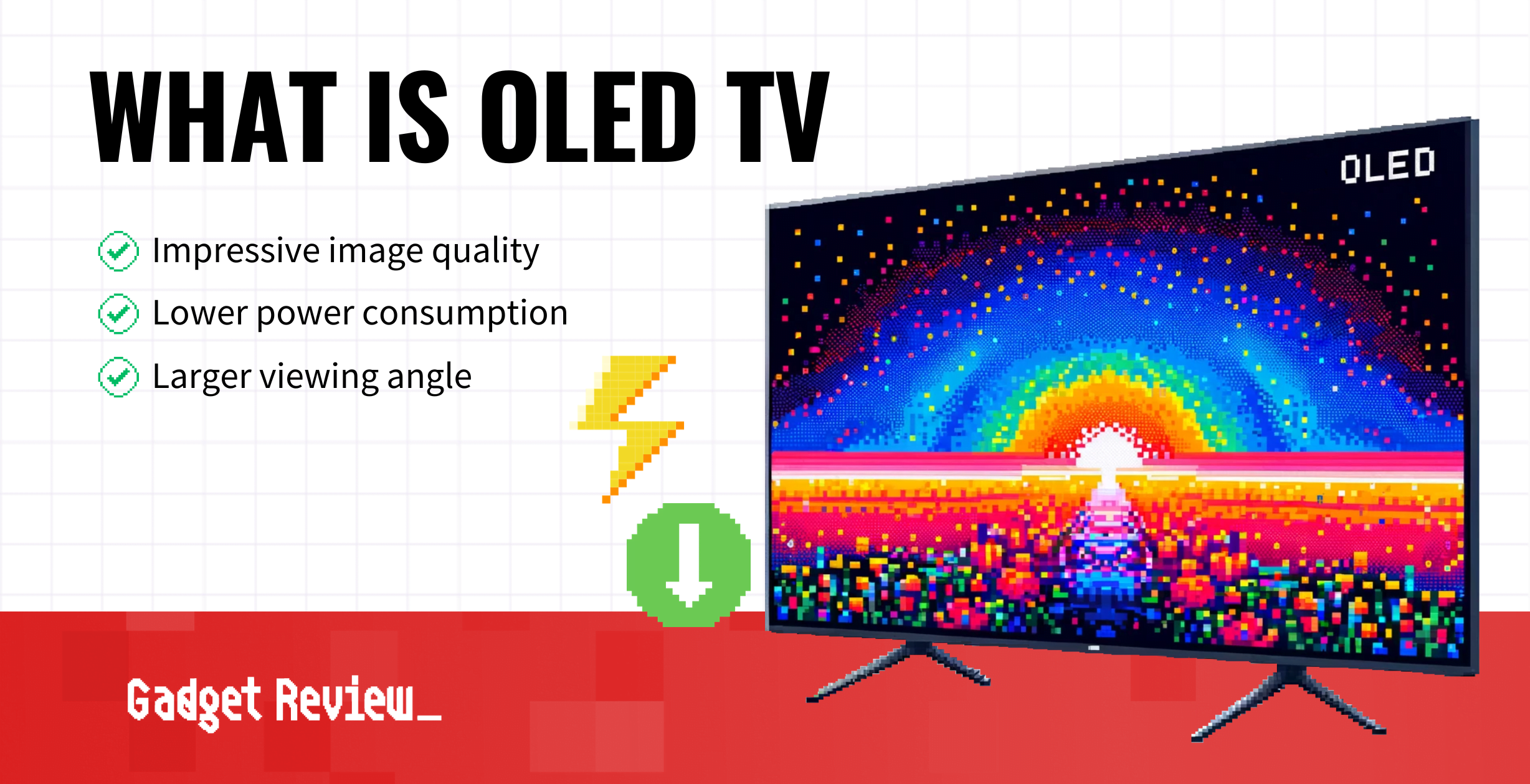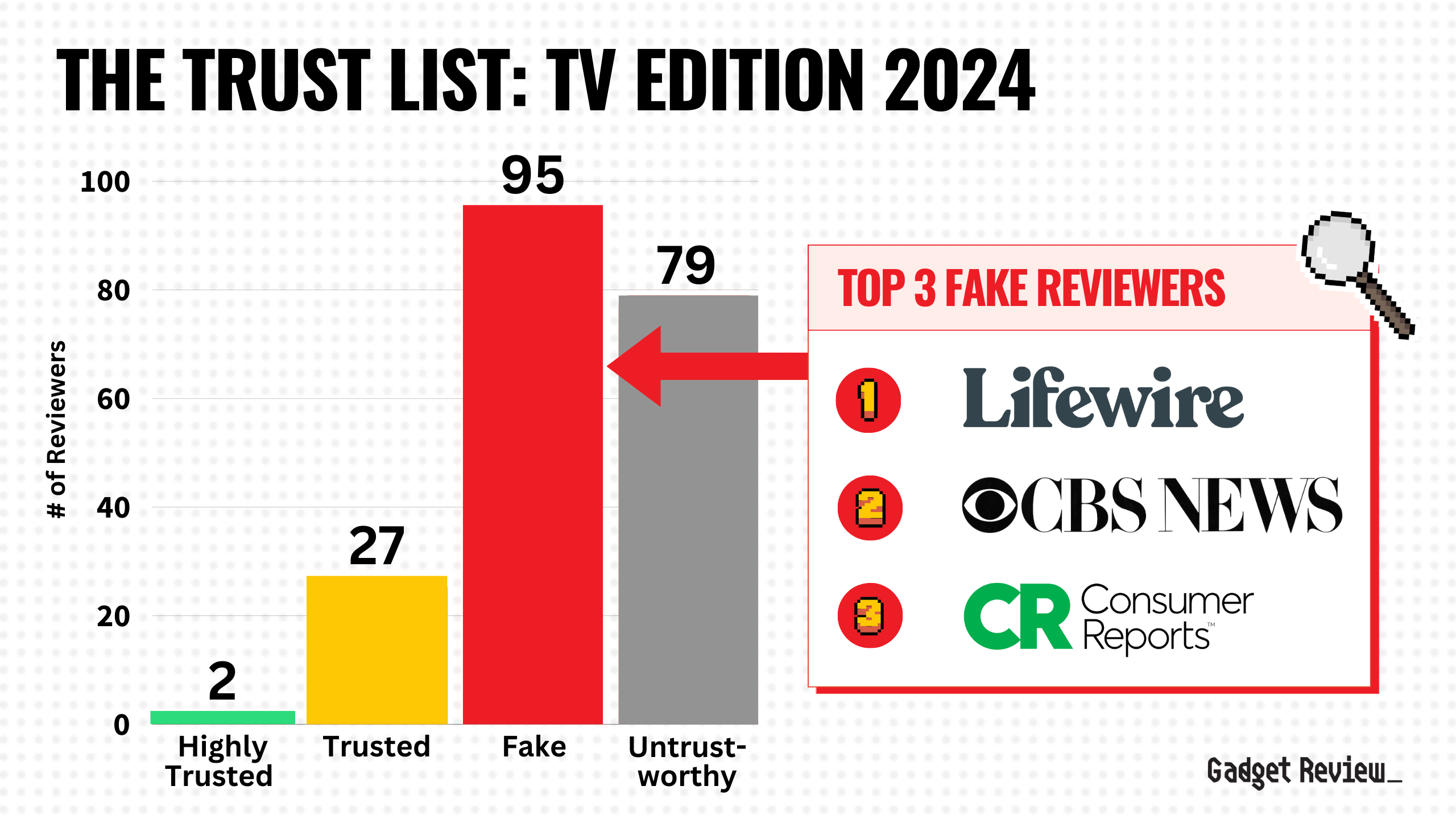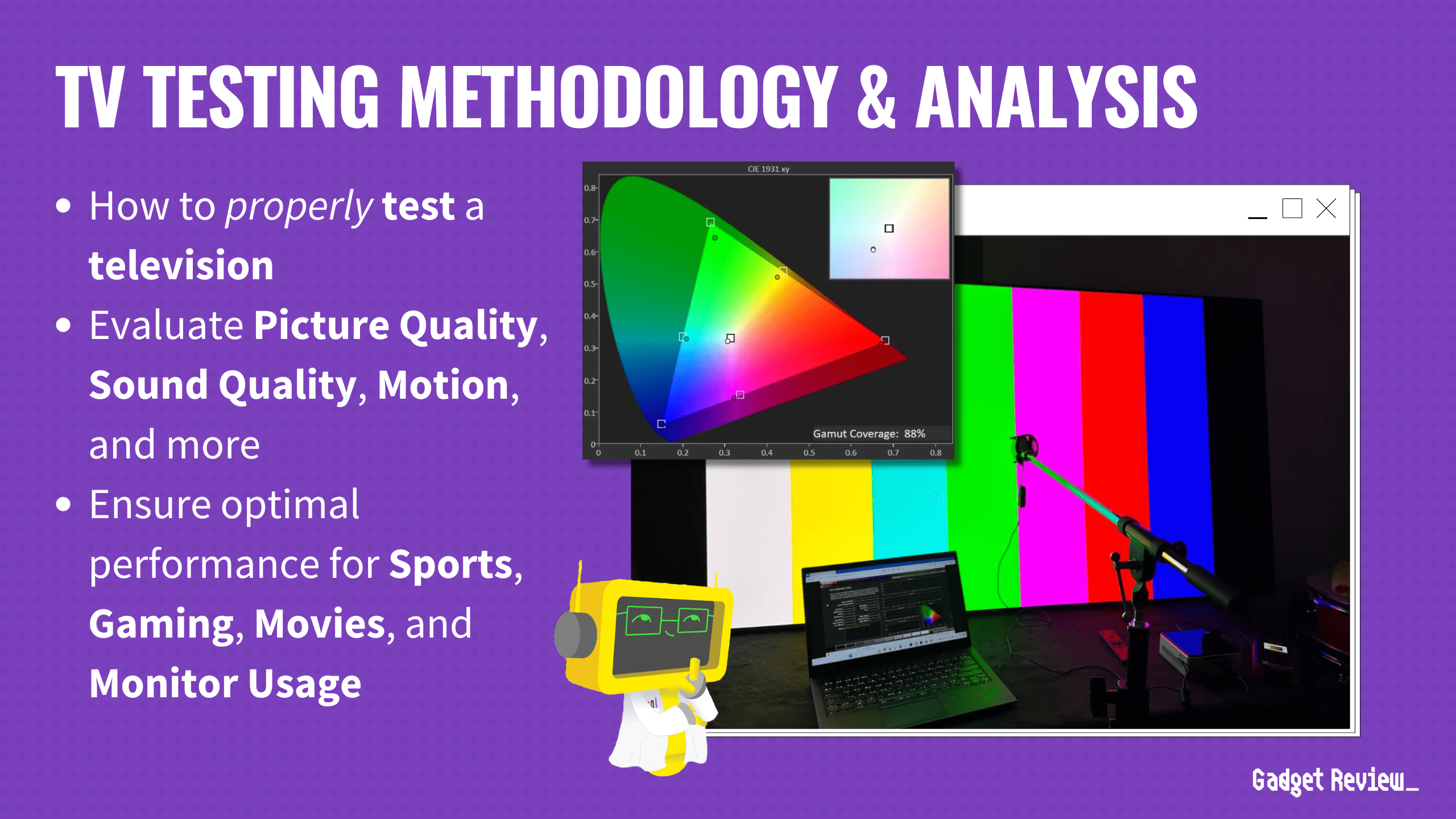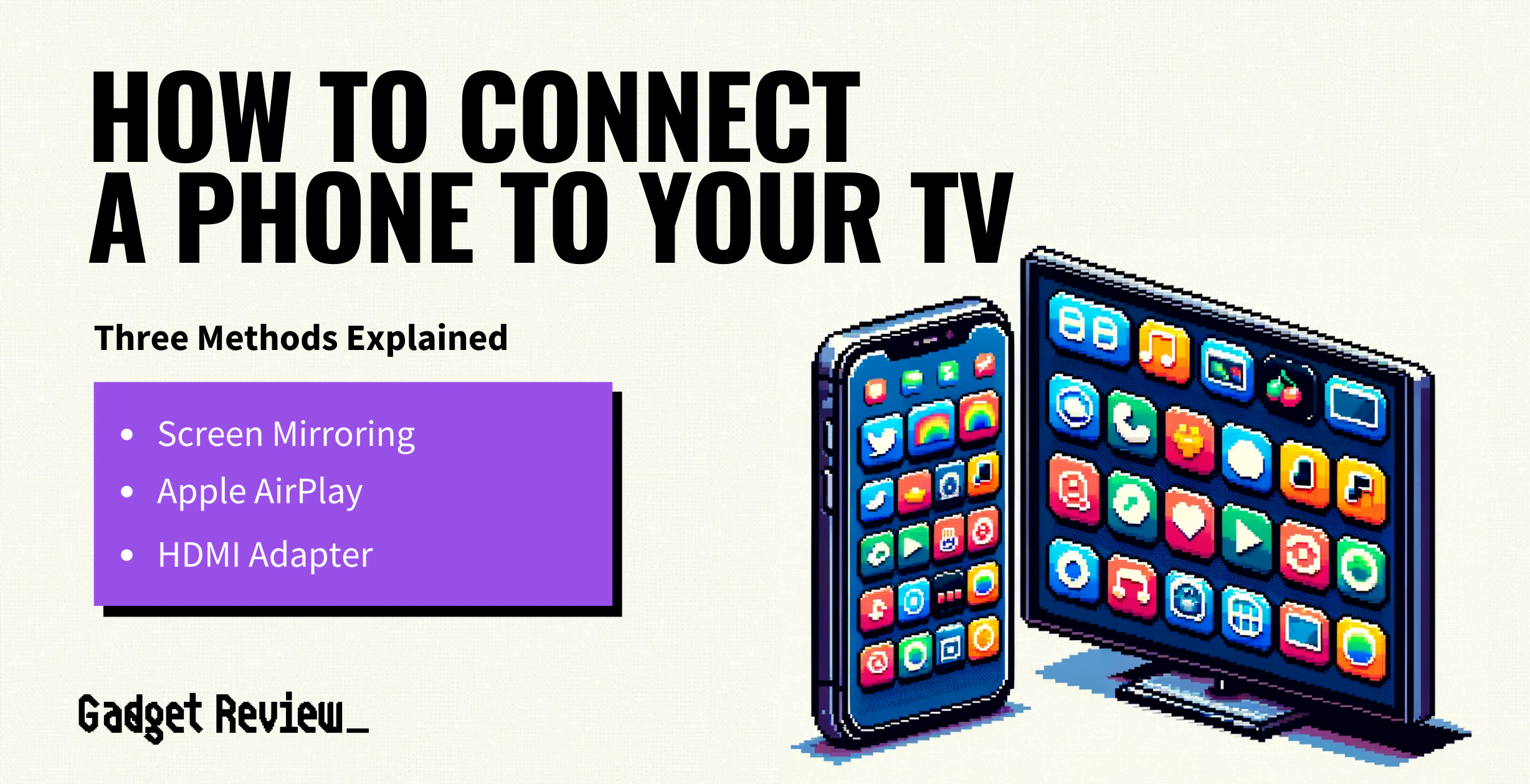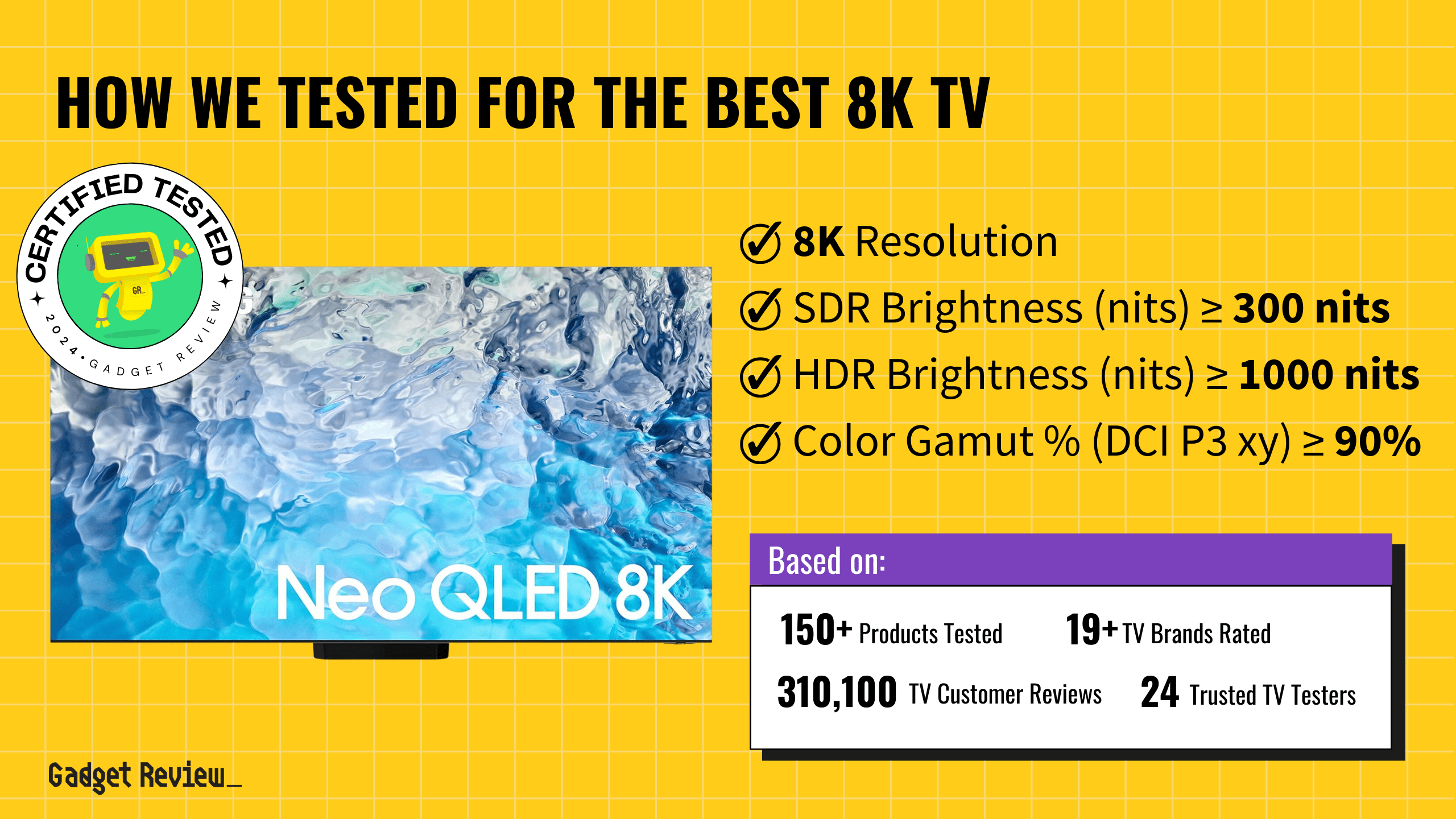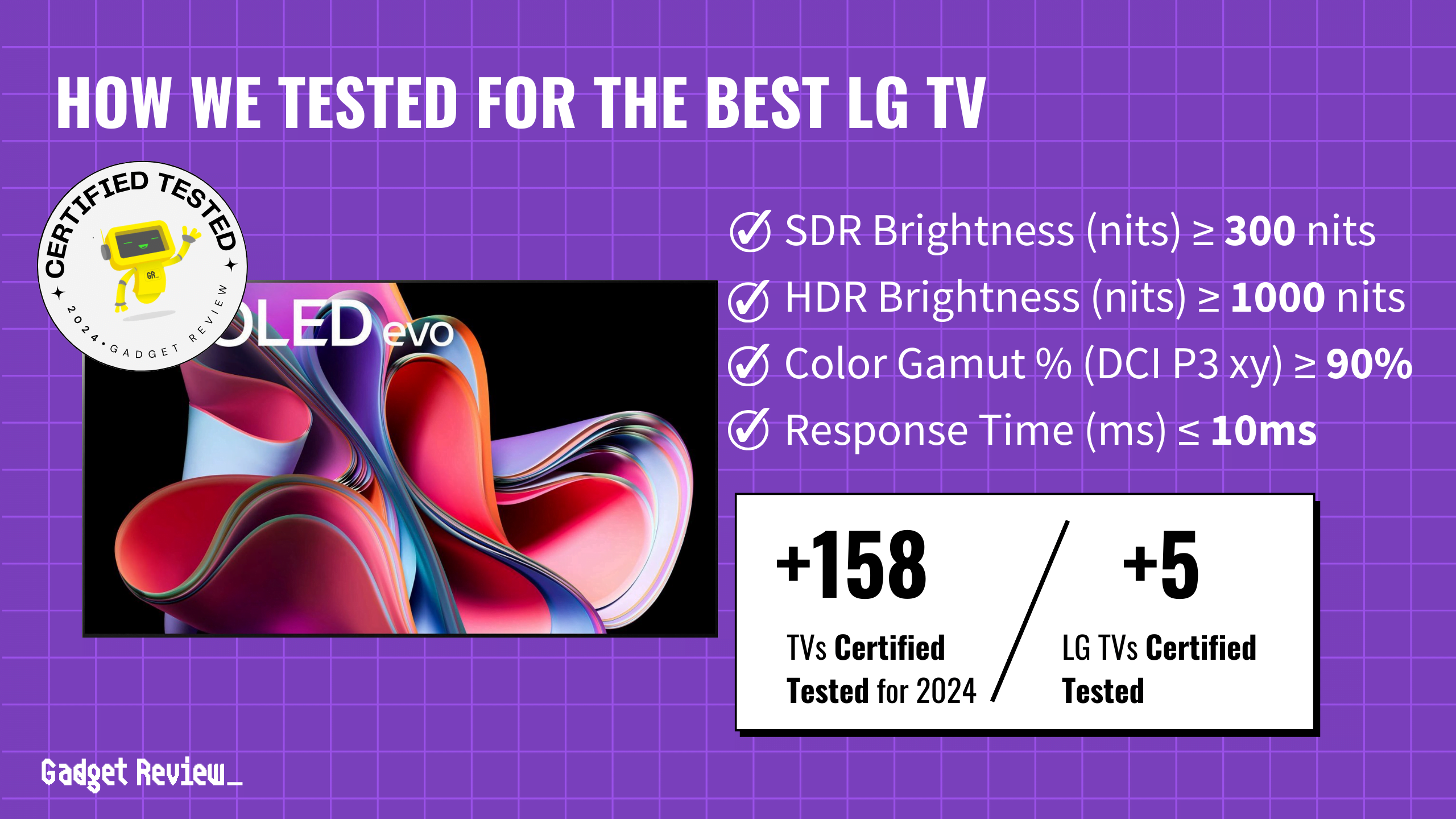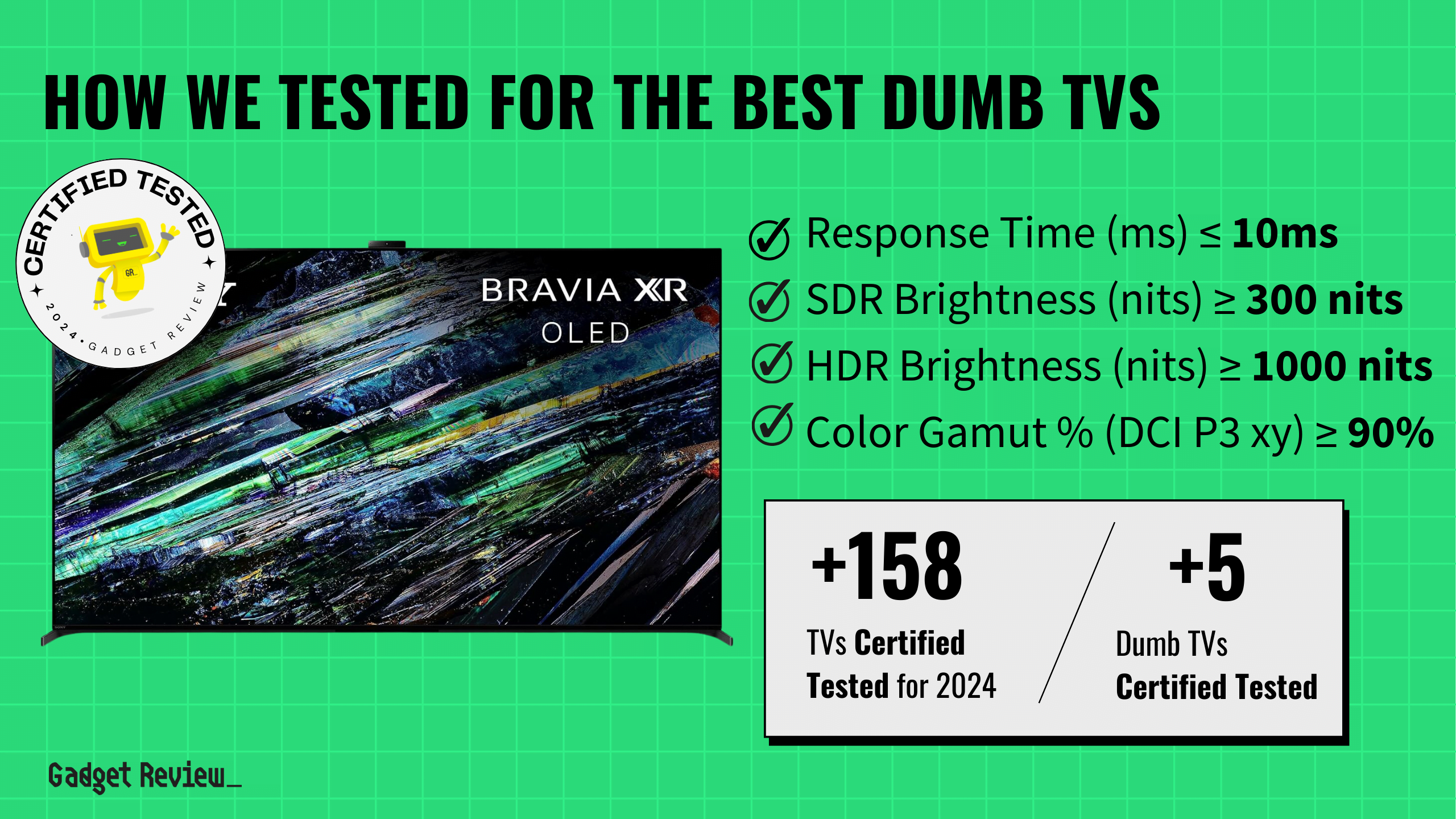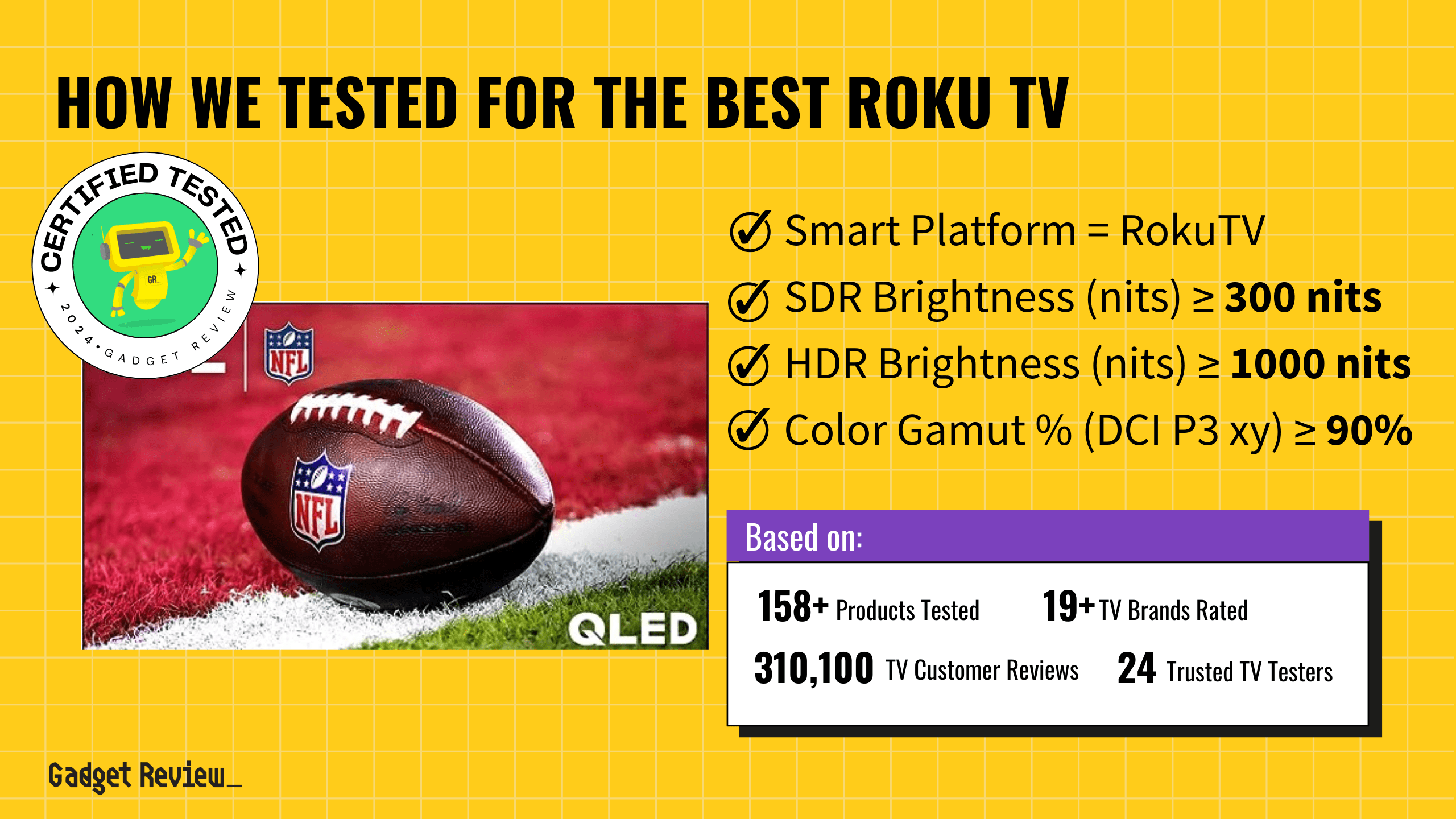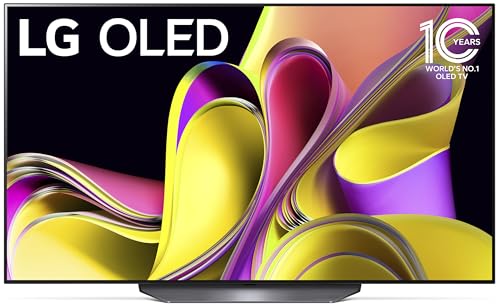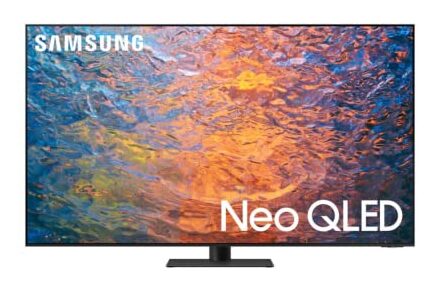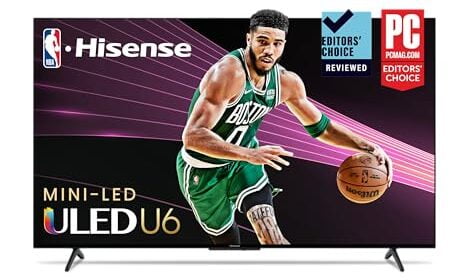Currently, many retailers sell high-end OLEDs as they are among the top-rated TVs. OLED stands for Organic Light-Emitting Diode and is a technology that is used in making digital displays that have improved image quality, energy efficiency, more vivid colors, and a higher contrast than LCD models. However, despite this technology becoming reasonably popular, some consumers may not understand the appeal. So, like many others, you may wonder: what is an OLED TV, and how do these TVs compare to LCD and QLED TVs?
Chances are, if you are looking for an OLED TV, you will see a lot of 4K TVs. Additionally, you may notice some TVs have “class” in the name when you are shopping for a new one, be sure to read our page if you are asking yourself, What does class mean on a TV? And if you like what you learn about OLED technology, check out our guide on some of the top OLED models available.
OLED Technology Explained
OLED is an emissive technology meaning each pixel of the display emits its own light instead of relying on a backlight like LCD displays. This technology allows for the TV to be thinner and have exceptional picture quality. This technology is nothing like other light-emitting diodes (LED,) quantum dot LED (QLED,) and liquid crystal display (LCD) TVs. To learn more about these technologies, we have a comparison of LCD vs LED vs OLED displays that you can read. Many smartphones, from the likes of Samsung and Apple, use OLED technology as well.
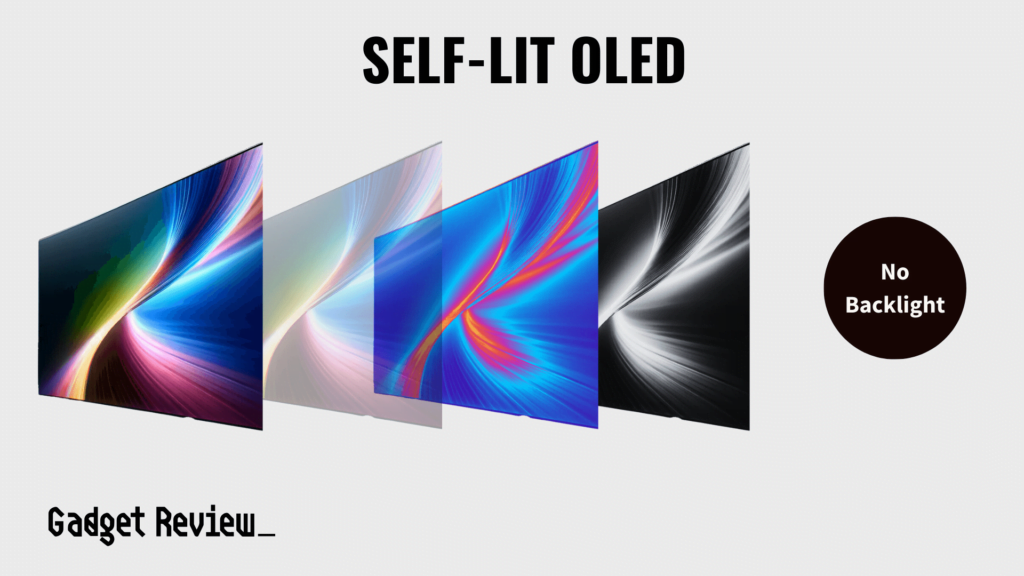
A thin organic carbon-based semiconductor layer sits between an OLED TV panel and a glass screen. These organic compounds light up when electricity passes through them, an effect called electroluminescence. The electroluminescent materials differ from one color to another. The intensity of the light is determined by the amount of electrical current applied. As a result, there is no backlight for an OLED TV, unlike its LED and QLED counterparts.
Some marketing efforts state that OLED TVs have infinite contrast ratios as the pixels only emit light when they have electricity passing through them and are off when there is no signal. Because of this fact, OLED TVs have the best contrast ratio currently available on the market. Now that you know how OLEDs work, you may want to check out how LED TVs work as well.
Advantages & Disadvantages of OLED TVs
Although QLED TVs provide a pretty good alternative to OLED TVs, many still consider OLED televisions better. This opinion relies upon the sharp contrast between colors and depth of the blacks seen on OLED TVs that produce fantastic picture quality. The difference in brightness between OLED and both LCD and QLED occurs at such a level that most don’t notice it unless the displays are side by side. The exception to this belief is in well-lit rooms or direct sunlight where you can see the extra brightness more clearly.
As this is still a newer technology compared to LCD, these models will also cost more than other types, sometimes substantially more. Some consumers decide that the image quality is worth the price, especially in larger-sized TVs. These people may find that their OLED is better than LCD/LED TVs in most instances because of the consistency between different viewing angles, the contrast between colors, and the overall responsiveness and smoothness of the display. The wider range of viewing angles can make a positive difference if you plan on having many people watching your TV at once.
As good as OLED TVs are, they are not without their drawbacks, however. Like other television types, they are still susceptible to problems. OLED TVs have a shorter lifetime compared to other display types. Additionally, water can damage OLED TVs more easily than LCD and other models, although keeping liquids away from any electronics is always smart.
STAT: According to LG’s spokesman: “We have secured a lifespan for OLED TVs of more than 50,000 hours, which is generally longer than conventional TVs.” (source)
Lastly, the most common problem that has been associated with OLEDs is the dreaded OLED burn-in. Thankfully, some simple discipline in your viewing habits can help prevent this problem if you have an older model OLED. However, it should be noted that with newer OLED models, this isn’t much of an issue anymore.
As has been noted earlier on this page, OLED isn’t the only display technology out there. There are a few other options you can read about to see what suits your needs the best. We have other great comparison pages on OLED 4K vs QLED 8K. Also, if you are looking to make a home theater, televisions aren’t your only option; projectors can be a good choice if your setup allows.


